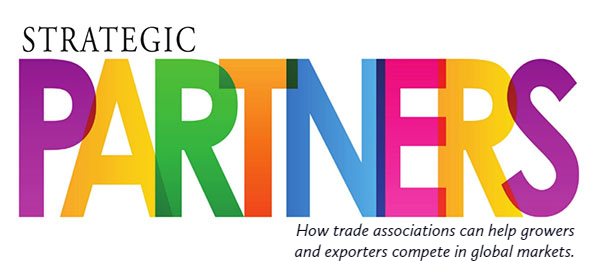There’s no shortage of challenges to deal with in the produce industry—from diseases and pests to political instability and climate issues, as well as growers who don’t always see eye to eye.
At these times, trade associations work hand in hand with members to come up with solutions.
In Chile, for example, distance and climate change are among the biggest challenges. And while technological innovation can address distance and ensure product arrives in proper condition, climate change is an issue that will likely grow in importance over the next five to ten years.
Santiago, Chile-based Fedefruta president Jorge Valenzuela points out, traditional fruit-growing regions have been extending toward the country’s southern half—which has the weather, the land, and the water needed to continue boosting production of high-value crops like cherries and berries. But even this southward push isn’t enough in his opinion.
“We need infrastructure in the traditional growing regions that allows growers to store water for irrigation.”
Infrastructure is also a challenge in Guatemala, said Waleska Sterkel, executive director AmCham Guatemala. Foreign trade is an important source of economic growth for the country, which makes modernization a top priority.
According to Jorge de Souza, technical and project director for Abrafrutas, Brazil, his group’s members face both domestic and international problems. At home, he points out, it can be difficult to get growers to agree to a common approach or strategy that would benefit them all. Externally, the challenge is to access markets in which they’re not yet operating.
“As a tropical country, we have favorable conditions for producing and growing, but these same conditions are also favorable for phytosanitary issues,” de Souza said. “As a result, agreements are more complex and require additional measures to avoid problems in our target international markets.”
This is a multi-part series from Produce Blueprints, in which we explore the role of trade associations in global commerce.



